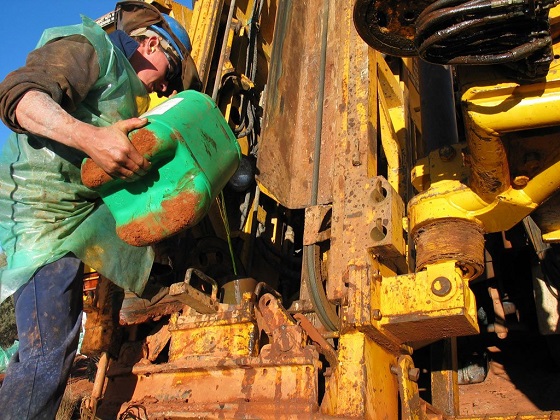Canadian Energy Centre
A Matter of Fact: How the oil sands benefits Canadians
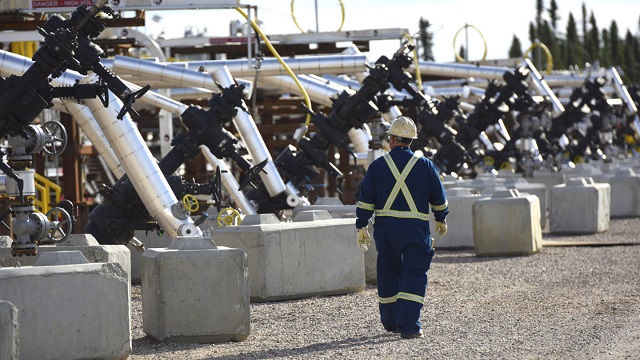
SAGD oil sands project in northern Alberta. Photo courtesy Cenovus Energy
From the Canadian Energy Centre
By Deborah JaremkoIndustry contributes $9 billion to $10 billion per year to government revenues across the country
The oil sands industry in northern Alberta is one of Canada’s most important resources.
The industry provides reliable energy supply as well as jobs, taxes and government revenues that help pay for services like roads, schools and hospitals across the country.
Here are the facts.
Government Revenues
Using Statistics Canada data, CEC Research calculated gross revenues to federal, provincial and municipal governments from the oil and gas industry between 2000 and 2021.
This includes personal and corporate federal and provincial income taxes, indirect taxes, royalties, and crown lease payments.
Over the last two decades the oil and gas industry, including the oil sands, contributed $578.7 billion to governments across the country.
Of this, the oil sands sector itself contributed an estimated $195 billion to $210 billion, or about $9 billion to $10 billion per year.
That’s enough revenue to pay for three new hospitals every year, considering the new hospital and cancer centre being built in Surrey, B.C. comes at a cost of $2.88 billion.
Government contributions from Canada’s oil sands sector are expected to rise over the coming decades.
Under a conservative scenario where the West Texas Intermediate (WTI) oil price benchmark averages US$60 per barrel, Canadian government revenues from the oil sands are expected to rise from US$12.1 billion in 2023 to US$19.4 billion in 2050.
That would mean an oil sands contribution of over US$420 billion to Canadian governments over the next three decades.
Boost to the economy
The oil and gas sector broadly accounts for about 5.5 per cent of economic activity in Canada, averaging $104 billion in annual GDP between 2016 and 2021, according to Statistics Canada and the Canadian Association of Petroleum Producers (CAPP).
Over that period, the oil sands alone contributed about 3 per cent of Canada’s total economic activity, or an average $54 billion per year.
Jobs
In 2020, Canada’s overall oil and gas industry supported nearly 600,000 jobs across Canada, according to the federal government.
The oil sands sector alone supported 166,000 jobs across the country that year, according to analysis by Prism Economics and CAPP.
Suppliers across the country
The oil sands may be located in Alberta, but it is supported by companies across Canada. In 2019, more than 2,300 companies around the country did direct business with the oil sands, including 1,887 in Ontario and Quebec.
Alberta
Meet Marjorie Mallare, a young woman with a leading role at one of Canada’s largest refineries
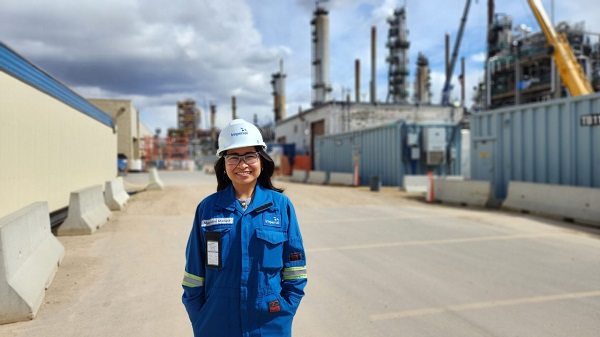
Marjorie Mallare at Imperial Oil’s Strathcona refinery.
Fr0m the Canadian Energy Centre
By Cody Ciona
Mallare manages an all-female team of engineers helping keep operations smooth and safe
As the utilities and hydroprocessing technical lead for Imperial Oil’s Strathcona Refinery near Edmonton, 32-year-old Marjorie Mallare and her team help ensure operations run smoothly and safely at one of Canada’s largest industrial facilities.
The exciting part, she says, is that all four engineers she leads are female.
It’s part of the reason Mallare was named one of ten Young Women in Energy award winners for 2025.
“I hope they realize how important the work that they do is, inspiring and empowering women, connecting women and recognizing women in our industry,” she says.
“That can be very pivotal for young women, or really any young professional that is starting off their career.”
Born and raised in the Philippines, Mallare and her family moved to Edmonton near the end of junior high school.
Living in the industrial heartland of Alberta, it was hard not to see the opportunity present in the oil and gas industry.
When she started post-secondary studies at the University of Alberta in the early 2010s, the industry was booming.
“The amount of opportunities, at least when I started university, which was around 2011, was one of the high periods in our industry at the time. So, it was definitely very attractive,” Mallare says.
When choosing a discipline, engineering stood out.
“At the time, chemical engineering had the most number of females, so that was a contributing factor,” she says.
“Just looking at what’s available within the province, within the city, chemical engineering just seemed to offer a lot more opportunities, a lot more companies that I could potentially work for.”
Through work co-ops in oil and gas, her interest in a career in the industry continued to grow.
“It just kind of naturally happened. That drew my interest more and more, and it made it easier to find future opportunities,” Mallare says.
Following a work practicum with Imperial Oil and graduation, she started working with the company full time.
On the side, Mallare has also driven STEM outreach programs, encouraging young women to pursue careers in engineering.
In addition to supporting the Strathcona Refinery’s operations department, Mallare and her team work on sustainability-focused projects and reducing the refinery’s carbon footprint.
The 200,000 barrel per day facility represents about 30 per cent of Western Canada’s refining capacity.
“Eventually, our group will also be responsible for running the new renewable diesel unit that we’re planning to commission later this year,” says Mallare.
Once completed, the $720 million project will be the largest renewable diesel facility in Canada, producing more than one billion litres of biofuel annually.
Projects like these are why Mallare believes Canada will continue to be a global energy leader.
“We’re leading others already with regards to pursuing more sustainable alternatives and reducing our carbon footprints overall. That’s not something we should lose sight of.”
Alberta
Energy projects occupy less than three per cent of Alberta’s oil sands region, report says
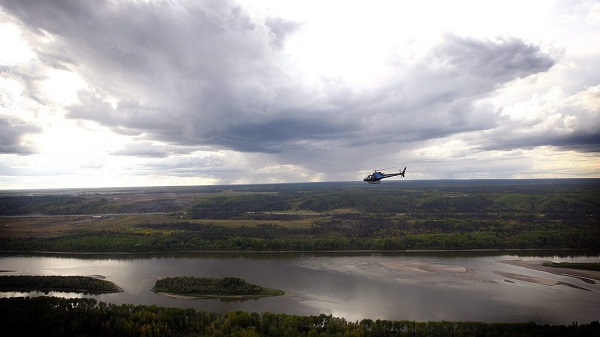
From the Canadian Energy Centre
By Will Gibson
‘Much of the habitat across the region is in good condition’
The footprint of energy development continues to occupy less than three per cent of Alberta’s oil sands region, according to a report by the Alberta Biodiversity Monitoring Institute (ABMI).
As of 2021, energy projects impacted just 2.6 per cent of the oil sands region, which encompasses about 142,000 square kilometers of boreal forest in northern Alberta, an area nearly the size of Montana.
“There’s a mistaken perception that the oil sands region is one big strip mine and that’s simply not the case,” said David Roberts, director of the institute’s science centre.
“The energy footprint is very small in total area once you zoom out to the boreal forest surrounding this development.”

Between 2000 and 2021, the total human footprint in the oil sands region (including energy, agriculture, forestry and municipal uses) increased from 12.0 to 16.5 per cent.
At the same time, energy footprint increased from 1.4 to 2.6 per cent – all while oil sands production surged from 667,000 to 3.3 million barrels per day, according to the Alberta Energy Regulator.
The ABMI’s report is based on data from 328 monitoring sites across the Athabasca, Cold Lake and Peace River oil sands regions. Much of the region’s oil and gas development is concentrated in a 4,800-square-kilometre zone north of Fort McMurray.
“In general, the effects of energy footprint on habitat suitability at the regional scale were small…for most species because energy footprint occupies a small total area in the oil sands region,” the report says.
Researchers recorded species that were present and measured a variety of habitat characteristics.

The status and trend of human footprint and habitat were monitored using fine-resolution imagery, light detection and ranging data as well as satellite images.
This data was used to identify relationships between human land use, habitat and population of species.
The report found that as of 2021, about 95 per cent of native aquatic and wetland habitat in the region was undisturbed while about 77 per cent of terrestrial habitat was undisturbed.
Researchers measured the intactness of the region’s 719 plant, insect and animal species at 87 per cent, which the report states “means much of the habitat across the region is in good condition.”
While the overall picture is positive, Roberts said the report highlights the need for ongoing attention to vegetation regeneration on seismic lines along with the management of impacts to species such as Woodland Caribou.

The ABMI has partnered with Indigenous communities in the region to monitor species of cultural importance. This includes a project with the Lakeland Métis Nation on a study tracking moose occupancy around in situ oil sands operations in traditional hunting areas.
“This study combines traditional Métis insights from knowledge holders with western scientific methods for data collection and analysis,” Roberts said.
The institute also works with oil sands companies, a relationship that Roberts sees as having real value.
“When you are trying to look at the impacts of industrial operations and trends in industry, not having those people at the table means you are blind and don’t have all the information,” Roberts says.
The report was commissioned by Canada’s Oil Sands Innovation Alliance, the research arm of Pathways Alliance, a consortium of the six largest oil sands producers.
“We tried to look around when we were asked to put together this report to see if there was a template but there was nothing, at least nothing from a jurisdiction with significant oil and gas activity,” Roberts said.
“There’s a remarkable level of analysis because of how much data we were able to gather.”
-

 Addictions2 days ago
Addictions2 days agoWhy the U.S. Shouldn’t Copy Canada’s Experiment with Free Drugs
-

 Business1 day ago
Business1 day agoWashington Got the Better of Elon Musk
-
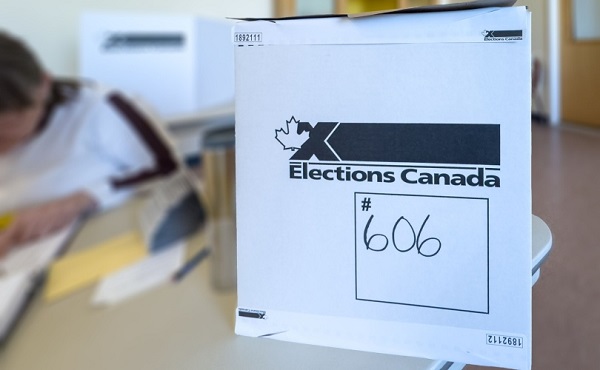
 2025 Federal Election24 hours ago
2025 Federal Election24 hours agoJudicial recounts could hand Mark Carney’s Liberals a near-majority government
-

 Business1 day ago
Business1 day agoFive key issues—besides Trump’s tariffs—the Carney government should tackle
-

 Health13 hours ago
Health13 hours agoMedical organizations and media let Canadians believe gender medicine is safe and universally accepted. It’s not
-
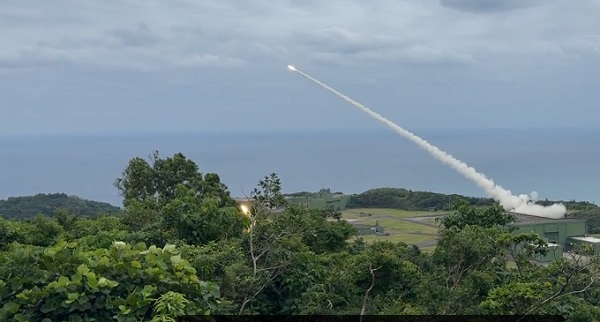
 conflict1 day ago
conflict1 day agoInspired by Ukraine, Armed by the U.S., Reinvented by Tech: Taiwan’s New Way of War
-

 MxM News1 day ago
MxM News1 day agoInvestigating Biden’s last minute pardons
-
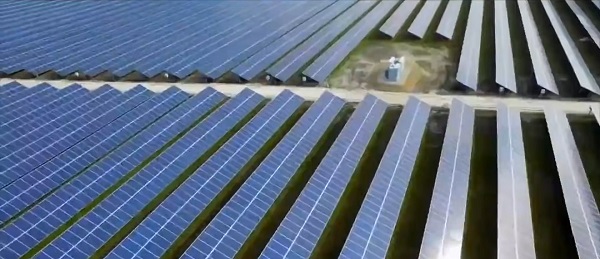
 Business12 hours ago
Business12 hours agoRogue Devices Capable Of Triggering Blackouts Reportedly Found In Chinese Solar Panels


